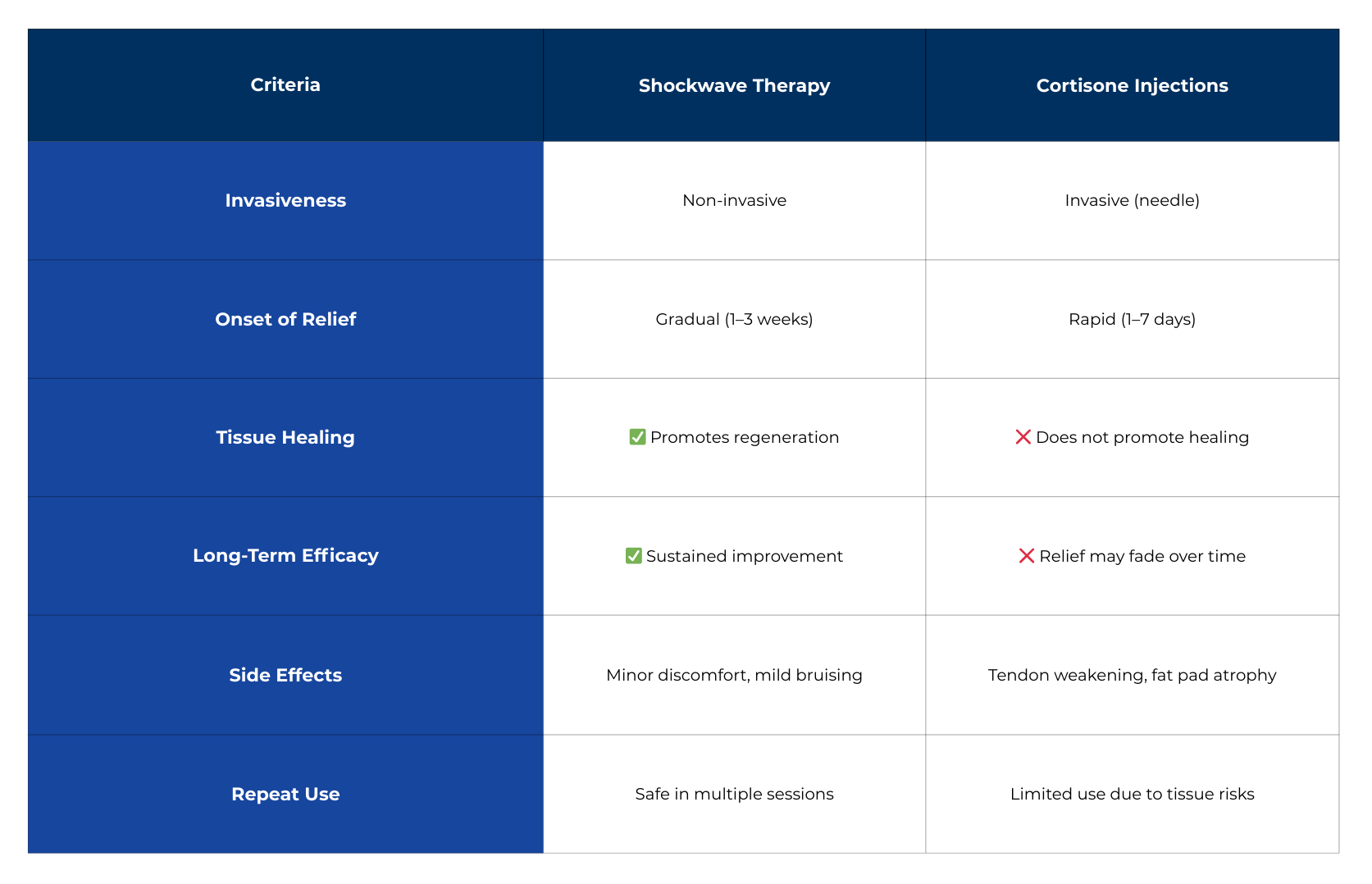Shockwave Therapy vs Cortisone Injections: Which is Better for Long-Term Pain Relief?
Introduction
If you’re dealing with chronic pain or a stubborn injury, you’re likely considering your treatment options — and cortisone injections often come up as a quick fix. But how does this compare with shockwave therapy, a non-invasive treatment that’s gaining popularity for tendon and soft tissue injuries?
At Tensegrity Sports Clinics, we’ve seen firsthand how shockwave therapy can outperform cortisone in the long run — and research backs this up.
How Cortisone Injections Work
Cortisone (corticosteroid) injections reduce inflammation and offer fast pain relief by suppressing the immune response. They’re commonly used for:
- Rotator cuff tendinopathy
- Tennis and golfer’s elbow
- Plantar fasciitis
- Bursitis
- Osteoarthritis flare-ups
While effective for reducing acute inflammation, cortisone does not promote tissue healing — and repeated use may weaken tendons over time.
How Shockwave Therapy Works
Shock wave therapy uses acoustic pressure waves to stimulate biological healing processes at the injury site. It promotes:
- Neovascularisation (new blood vessel formation)
- Increased collagen production
- Tissue regeneration
- Reduced chronic pain signals
This approach helps repair the injured tissue, not just reduce symptoms.
What the Research Says
Shockwave for Tennis Elbow
Study: Rompe et al. (2001)
- Compared radial shockwave therapy to a single cortisone injection for lateral epicondylitis.
- At 3 months: Cortisone showed better results.
- At 6 and 12 months: Shockwave therapy outperformed cortisone, with higher patient satisfaction and lower recurrence rates.
Conclusion: Cortisone may give quick relief, but shockwave provides better long-term outcomes.
Shockwave for Plantar Fasciitis
Study: Gerdesmeyer et al. (2008)
- Compared shockwave therapy to placebo in chronic plantar fasciitis.
- Over 80% of patients reported significant pain reduction at 12-week follow-up.
- Shockwave group showed sustained improvement at 1 year.
Comparison Table: Shockwave Therapy vs Cortisone

So, Which Should You Choose?
If you need fast temporary relief (e.g. to get through a short-term event), cortisone may help. But if you’re looking for a long-term, healing-focused solution, shock wave therapy is likely the better option.
At Tensegrity Sports Clinics, we often use shock wave therapy in conjunction with tailored rehab plans to resolve underlying tissue dysfunction — not just the symptoms.
Conclusion
Both cortisone injections and shockwave have their place in musculoskeletal care. However, for chronic tendon issues and long-term results, shock wave therapy provides the advantage of healing, not just masking pain.
